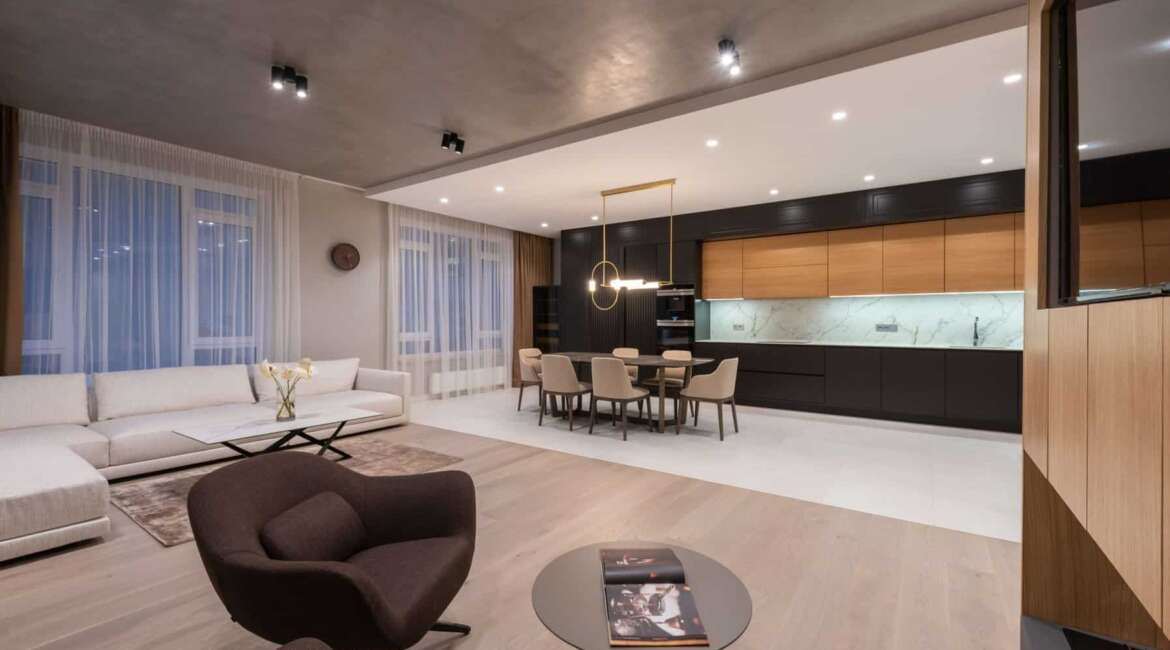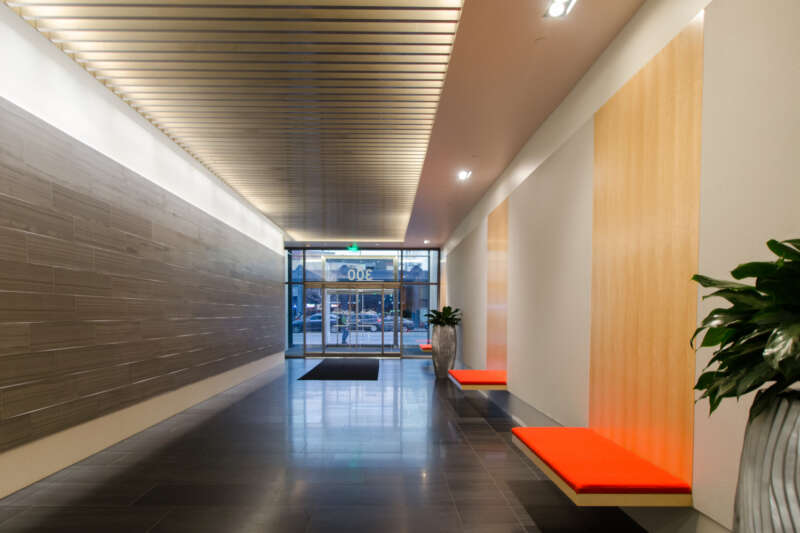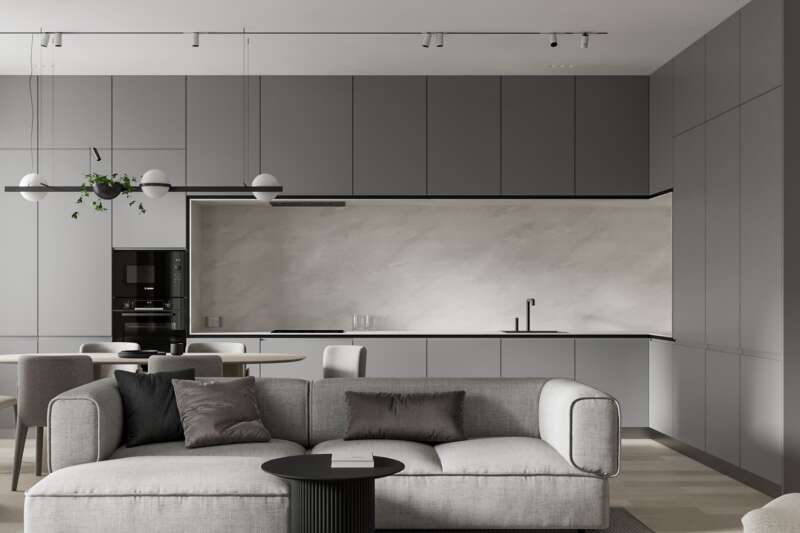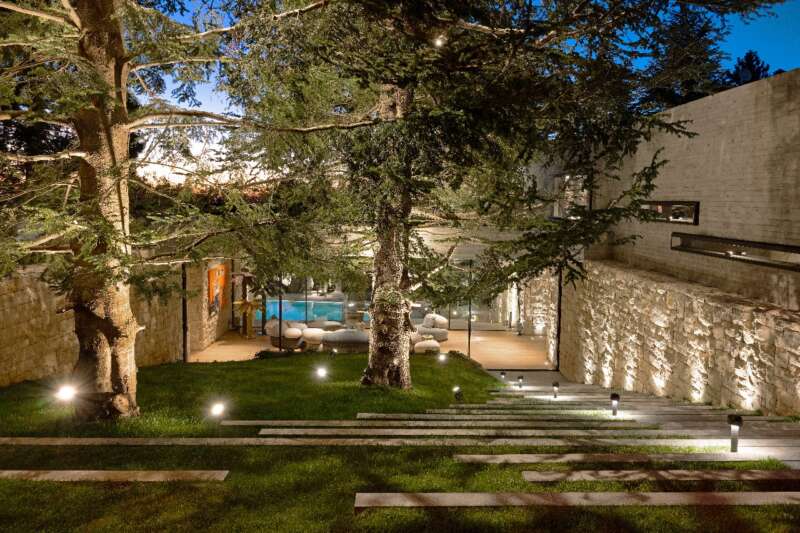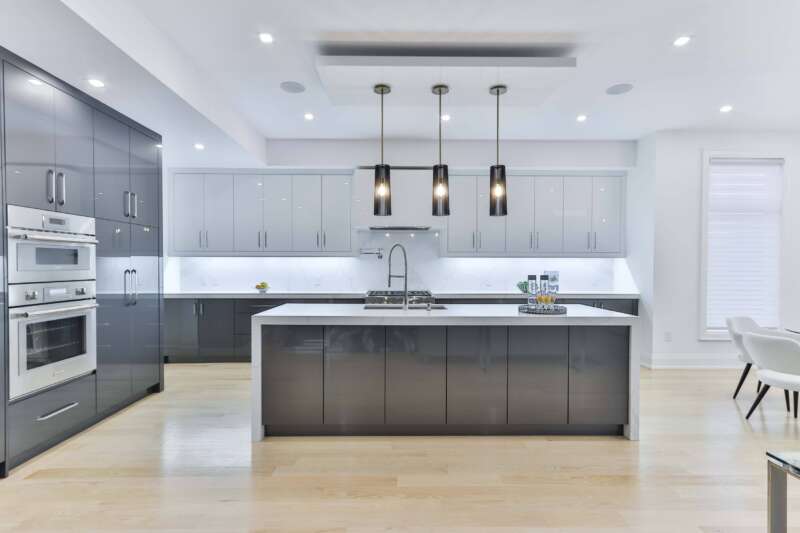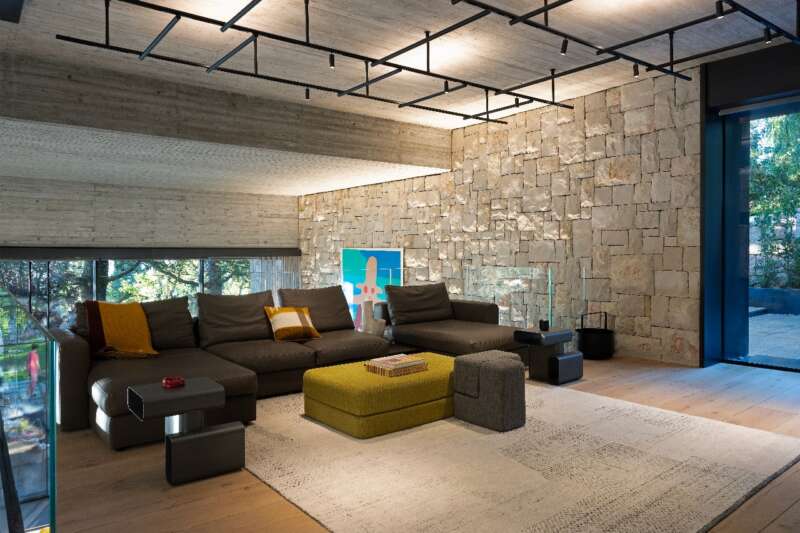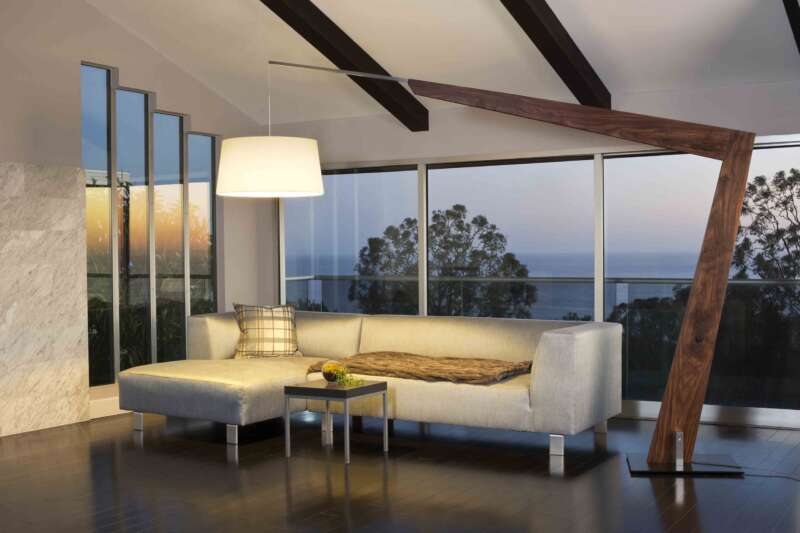Ambient Lighting
When you walk into a room that feels warm and well illuminated thanks to the light from lamps and other sources, you’re enjoying the glow of ambient light. This is the light that you get from well-placed light fixtures throughout a space, creating an even lightscape throughout the room. It is both aesthetically pleasing and functional.
Ambient lighting is best created by the placement of chandeliers, pendants, flush and semi-flush mounts—they set the base layer of lighting and are often the focal point of a room.
It is a critical component in lighting your home because, unlike task lighting or accent lighting, it provides light for the entire room. It bridges the beauty of a space with the practicality of lighting it for use. Below, learn more about the importance of ambient light within a home and what it adds to a space, as well as how to incorporate it into your home.
Why Include Ambient Light In Your Home?
A space should have layered lighting that creates a few scenarios; overall bright light, dim lamps and mood lighting, and then ambient lighting.
Also, ambient naturally makes a room feel warmer and more welcoming.
Ambient Lighting vs. Mood Lighting
When people think of ambient lighting, they often also associate it with mood lighting. And, while the two are similar, and often used interchangeably, there are a few key differences depending on the design of your space.
While ambient lighting is typically thought of as warm, glowy, and cozy lighting, it can also be a more cool tone. It’s often more dim lighting than other types of lighting, specifically task lighting, and it comes from visible light fixtures or it’s hidden as uplights or downlights.
Meanwhile, mood lighting can be any color, and it’s the dim, natural tones of mood lighting that are considered ambient lighting. Mood lighting can also include lights projecting patterns or vivid colors depending on the mood the user wants to set. Think of mood lighting as the artful addition.
What Does Ambient Lighting Add to Your Home?
Versatile Color
Ambient lighting comes with some other benefits.
The best part about ambient lighting is how it can change the color tone of the room. Ambient lighting next to a colored wall looks completely different than it does in the sunlight or overhead light. While a blue bedroom may feel cool during the day when lit by natural light, it can take on a warm and moody in the evening ambience once a few table lights are turned on.
Moody Design
Ambient lighting can be a great way to add a moody feel to a room, too.
Both sconces and pendants bring that intriguing, soft smudge of light that brings symmetrical balance and just enough illumination to create a curious and captivating dark space. This captivating light is all you need to set the mood in a space.
The shadows that ambient light helps create are also wonderful.
Visual Interest
However, keep in mind that there are certain rooms of the home in which shadows may not be so welcome.
If your ambient lights are behind you when you’re chopping vegetables at your kitchen island or picking out your morning outfit, your body will cast shadows over the areas you’re trying to see, which is frustrating. Identifying shadow areas can help you decide where to put ambient lights, or counteract shadows with extra task lighting. A mix of the two keeps the space both interesting and functional.
Calming Atmosphere
It is more soothing on the eyes and can allow you to alter the mood in your space. For example, overhead (or canned) lighting can be really harsh, especially at night, so adding a few lamps in your living space allows you to have a calm ‘glow’ for reading at night or visiting with friends.
How to Incorporate Ambient Lighting
Floor Lamp: Height, balance and visual warmth is what a floor lamp brings to the ambient lighting show. Ambient lighting takes the chair out of a shadowy corner and places it in a warm, inviting spot.
Pendant Lights: Pendant lights have a light source that is typically located a bit lower than recessed cans which can be too harsh if not mixed well with other lighting.
Wall Sconces: Wall sconces that give off light in all directions are great choices for filling a room with light, as they don’t create as many shadows.
Up Lighting: Ambient lighting is also a great way to reduce stress on your eyes early in the morning or late at night. By using upward facing lighting on top of your cabinets you can avoid harsh direct lighting and allow for your eyes to adjust more naturally.
LED Strips: Low wattage or dimmable LED strip lighting installed in your baseboards, under toe kicks in kitchen and baths, and in the risers on your stairs will also avoid harsh direct lighting.
Recessed Lighting: Recessed lighting on a dimmer can provide a warm glow to a room without being too harsh. Adjust it with the time of day and use.
Chandeliers: A chandelier will diffuse light throughout the space providing an overall illumination without harsh, direct lighting.


